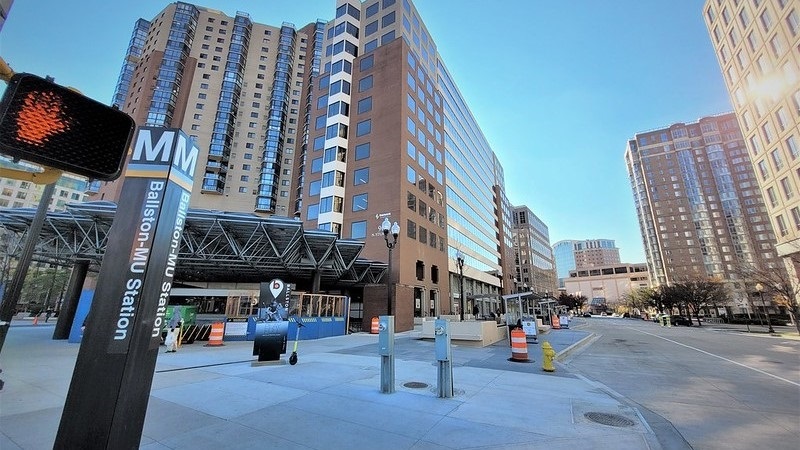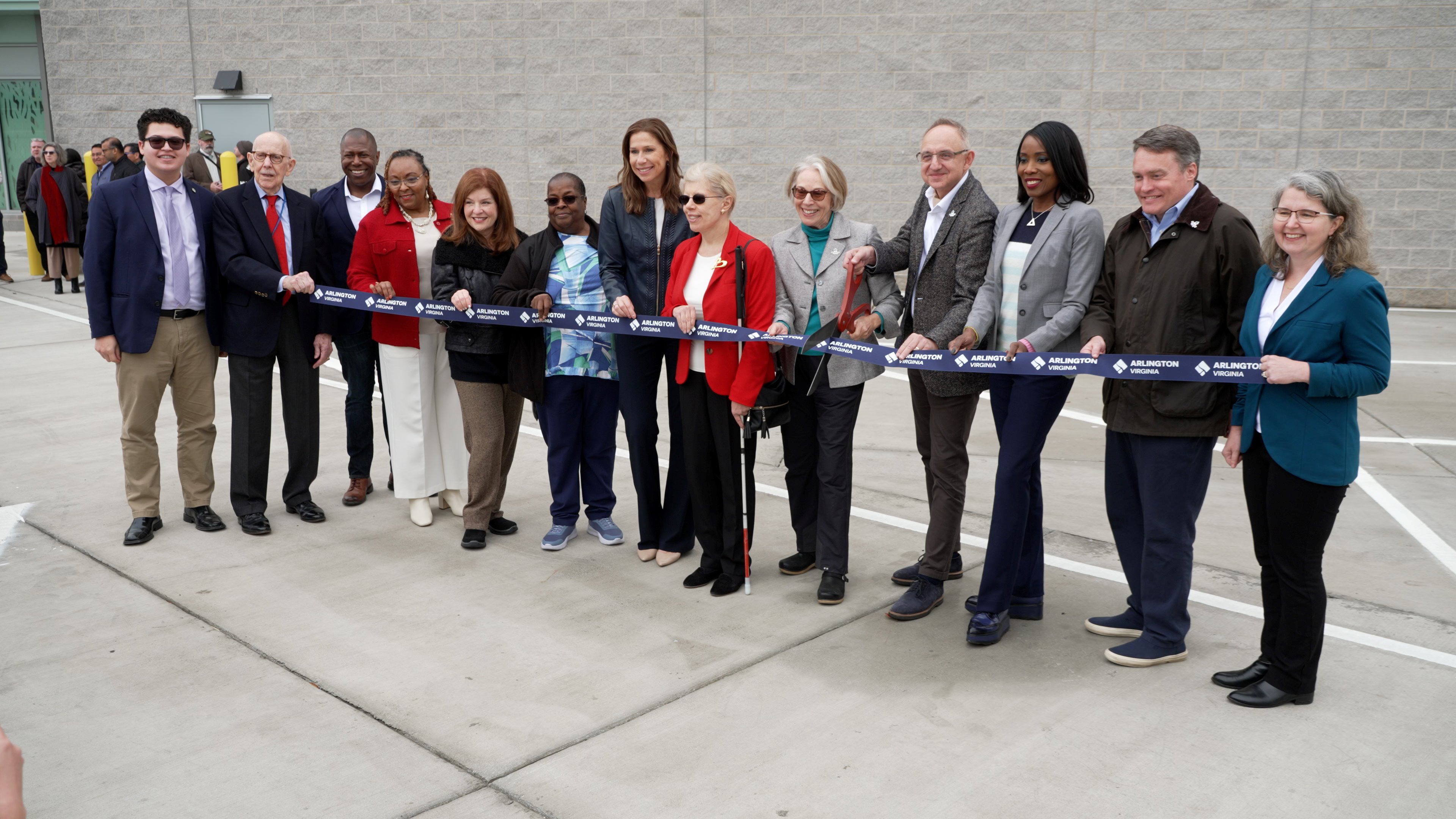Arlington County is a jurisdiction of 25.8 square miles located across the Potomac River from Washington D.C. The County was originally part of the ten-mile square surveyed in 1791 for the Nation’s Capital. From 1801 to 1847, what are now Arlington and a portion of the City of Alexandria were known as Alexandria County, District of Columbia. In 1847, at the request of the local residents, Congress retroceded Alexandria County to the Commonwealth of Virginia.
In 1870, Alexandria County and the City of Alexandria were formally separated and regular elections were held by a post-Civil War government. Subsequently, in 1920, Alexandria County was renamed Arlington County to eliminate the confusion between these two adjacent jurisdictions. The name “Arlington” was chosen because General Robert E. Lee’s home of that name is located in the County, on the grounds of Arlington National Cemetery.
By law, there are no cities or towns located within the boundaries of the County. In 1922, the Virginia Supreme Court held that Arlington is a continuous, contiguous and homogeneous entity which cannot be subdivided nor can any portion be annexed by neighboring jurisdictions.
The Arlington County government exercises both city and county functions, one of the few urban unitary forms of government in the United States. Arlington’s form of government, the County Manager plan, was implemented in 1932. Arlington was the first county in the United States to choose this form of government.
Arlington's population reached 243,760 people in 2025. After a slight decline in population in 2021 due to impacts from the Covid-19 pandemic, the 2025 population has surpassed the 2020 Census count. Today, the County is almost fully developed; there are no farms and little remaining vacant land.


Since 1932, a five-member Board elected at large for staggered four-year terms (with two board members serving the same term) has governed Arlington County. The Board selects a Chairman from among its members to serve for a one-year term. The County Board appoints the County Manager, who serves as chief administrative officer. There is also a five-member elected School Board, whose members likewise serve staggered four-year terms and select their Chairman. The School Board appoints the Superintendent of Schools as the chief administrative officer for the County’s public school system. The School Board has no taxing authority or authority to issue debt and receives its spending authority from the County Board.
In addition to the County and School Boards, there are five elected “Constitutional Officers.” These are the Treasurer, Commissioner of Revenue, Sheriff, Commonwealth’s Attorney and Clerk of the Circuit Court. All constitutional officers serve four year terms, with the exception of the Clerk of the Court who serves an eight year term. Arlington is represented by two State senators in the 39th and 40th Senate Districts and by three State delegates in the 1st, 2nd, 3rd House Districts. Senators appear on the same ballot as Constitutional Officers. Delegates must run every odd numbered year.
Other elected state officials are the Governor, Lieutenant Governor, and Attorney General. They are elected for four-year terms.
Arlington has a long and proud history as a destination for business. Before it was known as the Ballston Quarter, the Parkington Shopping Center opened in 1957 to widespread fanfare. It was the largest shopping center on the East Coast and one of the first major shopping malls in the Washington D.C. area.

Located at the historic "Balls Crossroads" intersection of Wilson Boulevard and Glebe Road, Parkington was called “the area’s most dramatic venture in retail merchandising”. Learn more about the history of the Arlington retail center that is credited as "the first suburban shopping center with a four-tiered parking garage."
Arlington County is much more than just a jurisdiction of 25.8 square miles located across the Potomac River from Washington D.C. Arlington is shaped by its diverse history, communities, and neighborhoods. To understand Arlington, we must hear from community members to help frame Arlington's local history.
Acknowledging the racialized origins and policies of United States history is fundamental for communities to gain knowledge and understanding of racial equity. The Racial History Timelines document key historical events in Arlington County related to housing, education, community facilities, public safety, transportation, urban planning, public infrastructure, and more.

Love, diversity, and business have shaped the story of Arlington. Since 1975, Heidelberg Pastry Shoppe has been providing Arlington's families with delicious baked goods to celebrate their traditions. Carla and Wolfgang Buchler shared their story about starting a new business, that went on to become a local institution.
Like many business owners in Arlington, James Moore Sr. found that treating all customers equality was also good for business. Interweaving history, family, community, and the struggles of racism, the story of the Moore family barber shop is bigger than haircuts.
These are just a few of the stories sewn into the diverse fabric of Arlington's rich, local history. Welcome to our community.